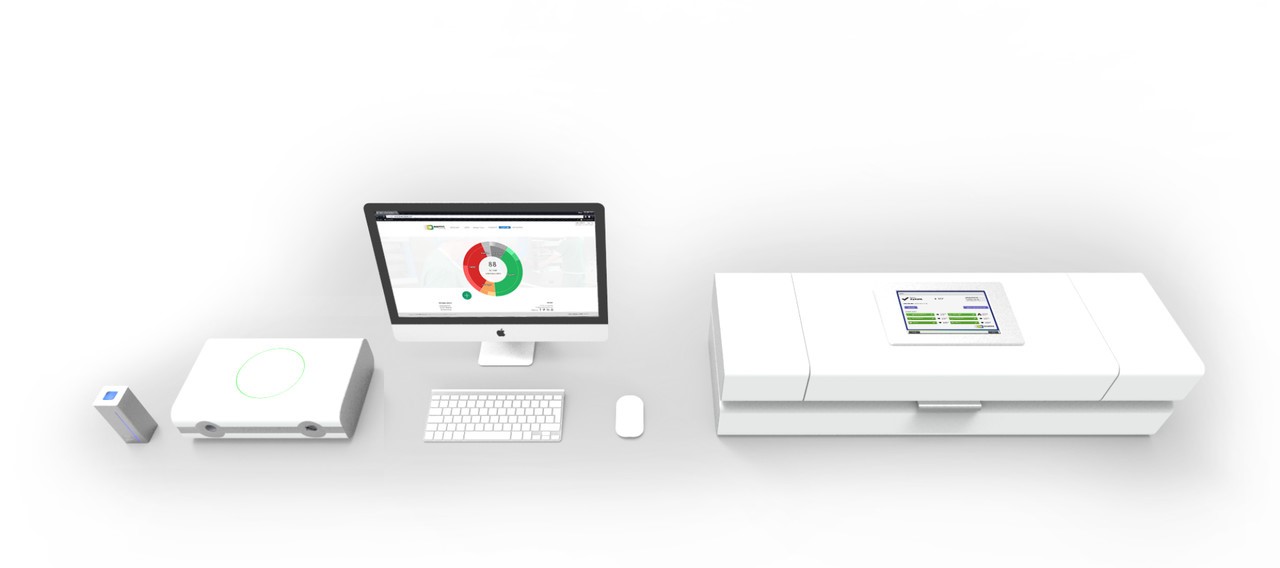Why not test cables and scopes as one?
Why Not Test Endoscopes and Light Guide Cables as One System? This is a question we hear often at Dovideq.

It’s true that scopes and cables are part of the same optical chain, and many testing systems assess the functionality of the whole chain together. So, why doesn’t Dovideq follow the same approach?
While both rigid endoscopes and light guide cables serve the critical function of bringing light into the patient’s body to illuminate the surgical field, a rigid endoscope is a far more complex device. Its usability extends far beyond the quality of its fiber package.
That’s why, at Dovideq, we have developed a specialized testing method that not only evaluates an endoscope’s ability to transmit light but also ensures that it produces a high-quality, usable image for surgeons.
How Dovideq Tests Endoscopes: Six Key Parameters

To ensure optimal performance, we test endoscopes on six essential parameters:
1. Light Transmission
Light transmission measures the quality of an endoscope’s lens system. Various defects can impact the light transmission value, affecting the clarity of the image seen by the surgeon. By verifying that enough light is transmitted through the lenses, we help ensure optimal visibility during procedures.
2. Light Fibers
The fiber package inside an endoscope is crucial for transmitting light into the patient’s body. We measure its efficiency using a calibrated light source at the distal end and a sensor at the light post. This ensures that enough illumination reaches the surgical site.
3. Color Correctness
Over time, repeated sterilization can degrade the adhesives used in endoscopes, leading to a yellowing effect on the image. Our LightControl system checks for color correctness, ensuring that the image seen by the surgeon remains as close to reality as possible.
4. Focus
A blurry or ‘cloudy’ endoscope is one of the greatest frustrations for surgeons. Our LightControl system captures images through the endoscope and determines if it remains in focus, ensuring that the surgeon has a clear and sharp view.
5 - 6. Lens Fractures & Particle Detection
Using a patented camera system, LightControl not only looks through the endoscope but also inside it. By taking detailed images and analyzing them with AI, we can detect lens fractures and particles that could compromise the quality and safety of the device.
Why This Matters
When combined, these six parameters provide a comprehensive assessment of an endoscope’s condition. If an issue is detected, LightControl generates a detailed report, making it easier and faster to diagnose and repair the problem.
By focusing on the independent testing of rigid endoscopes, we ensure that surgeons receive high-quality, reliable instruments for every procedure. Rather than testing scopes and cables as one system, we prioritize precision and clarity—because in surgery, every detail matters.


